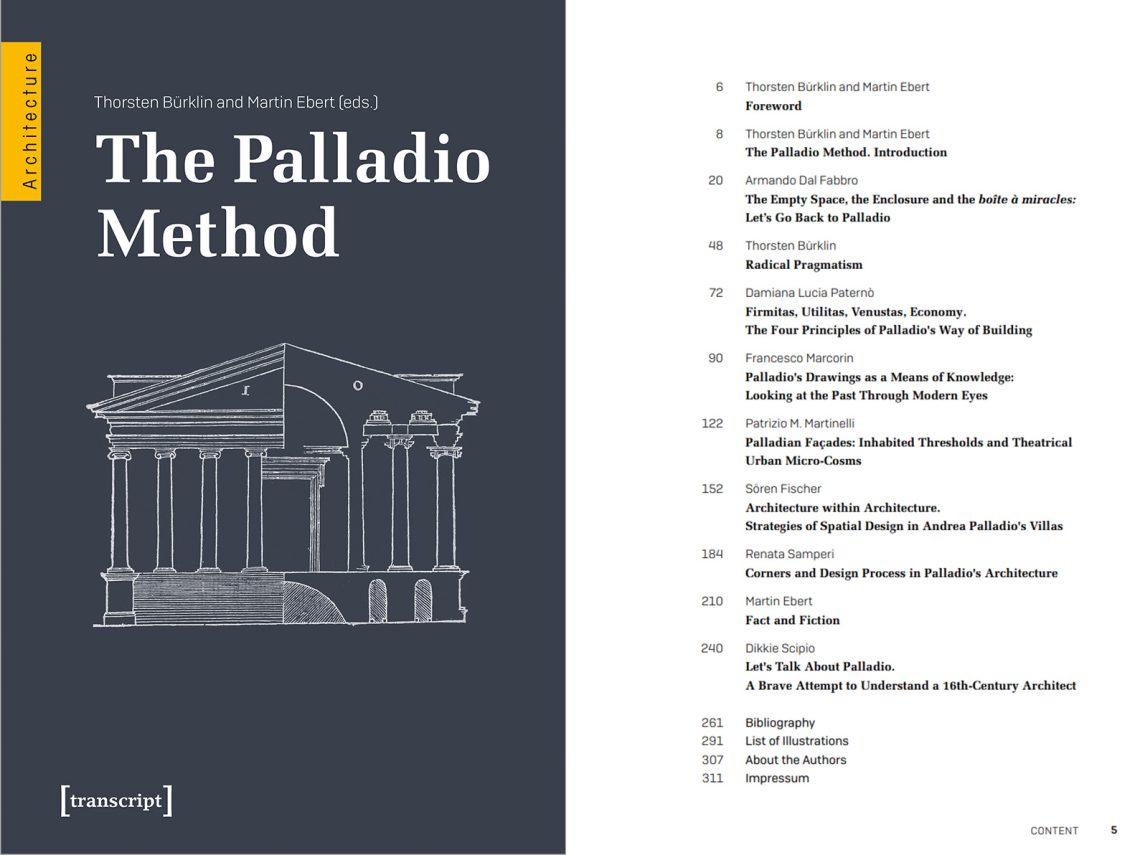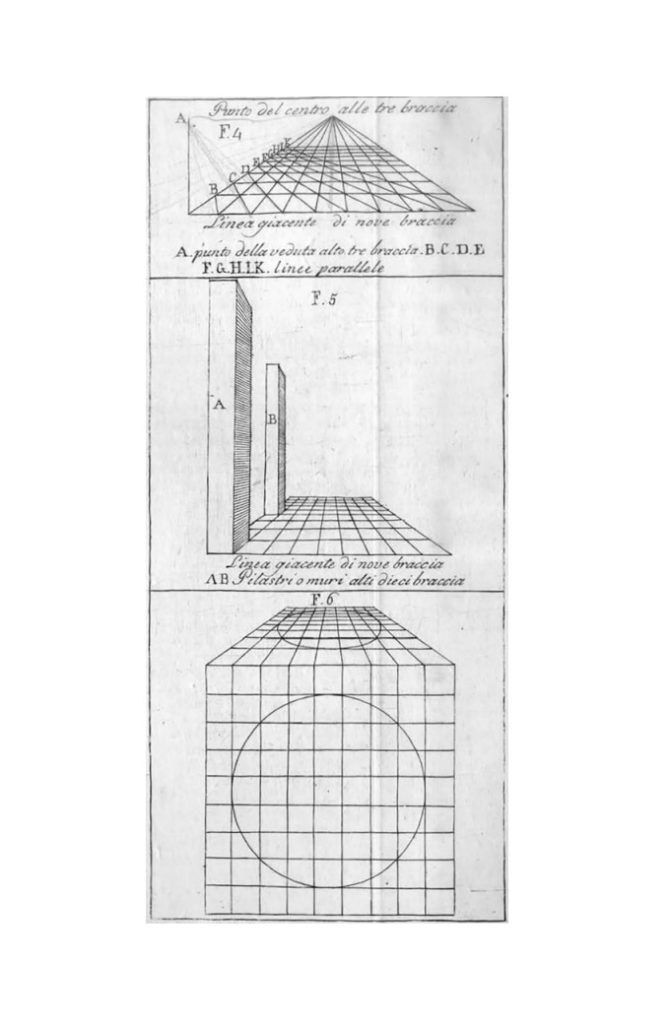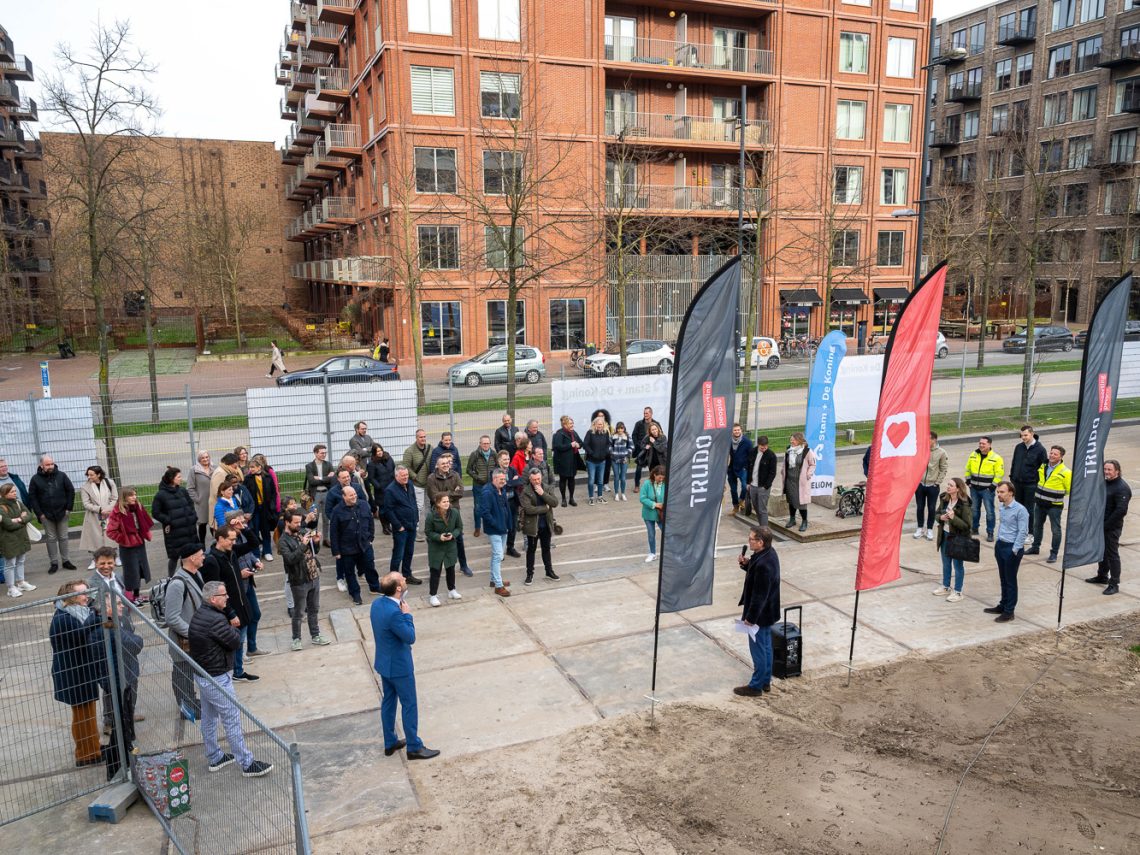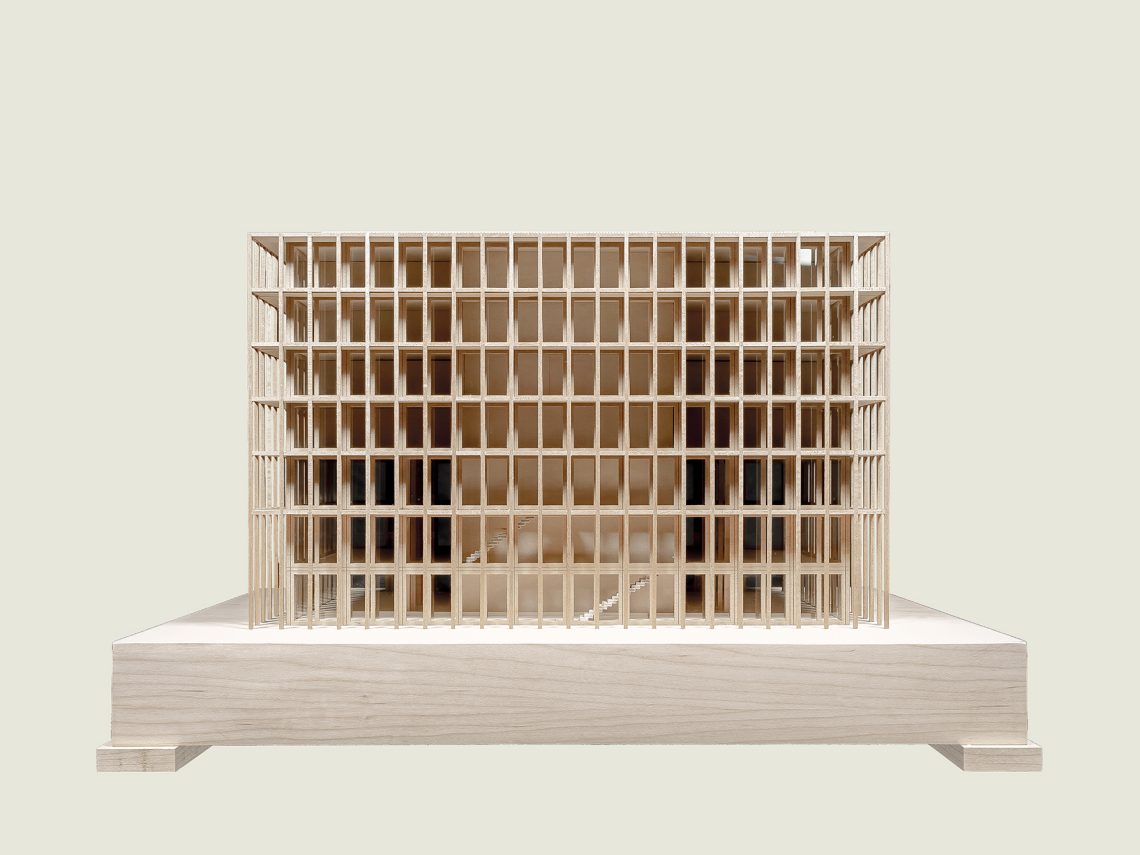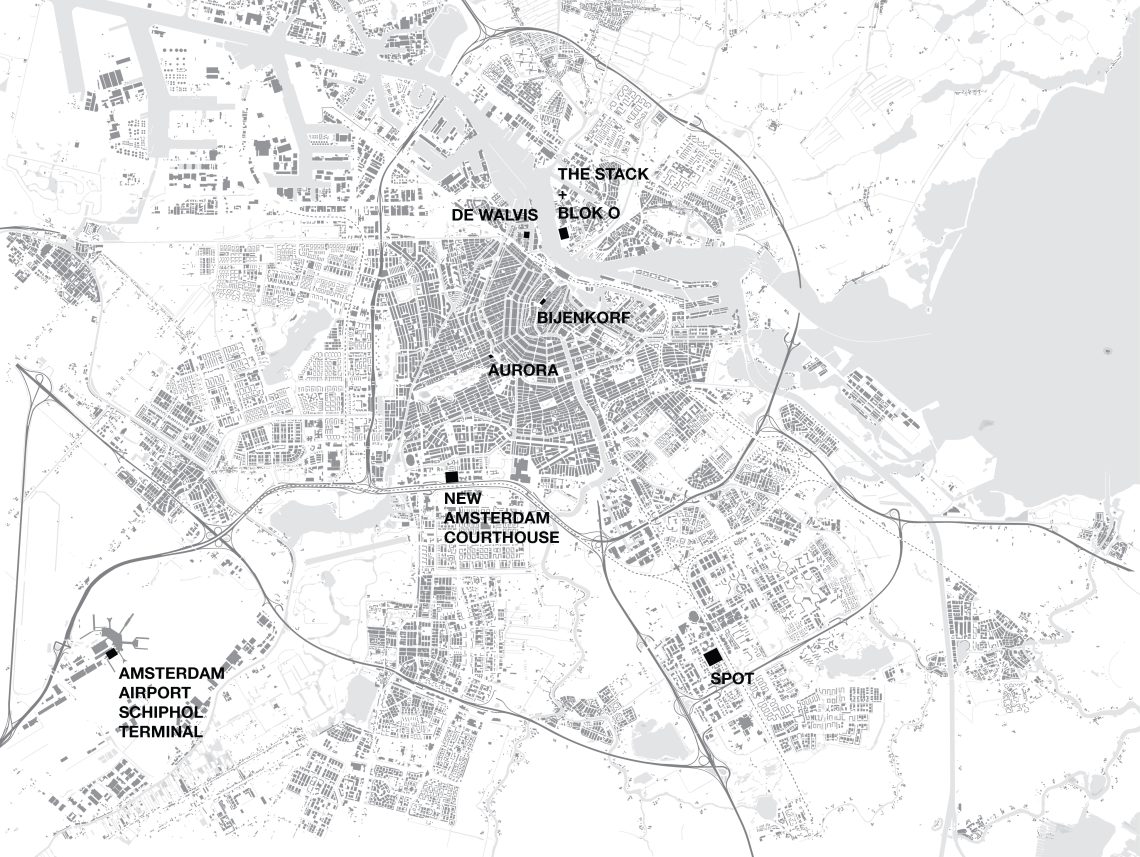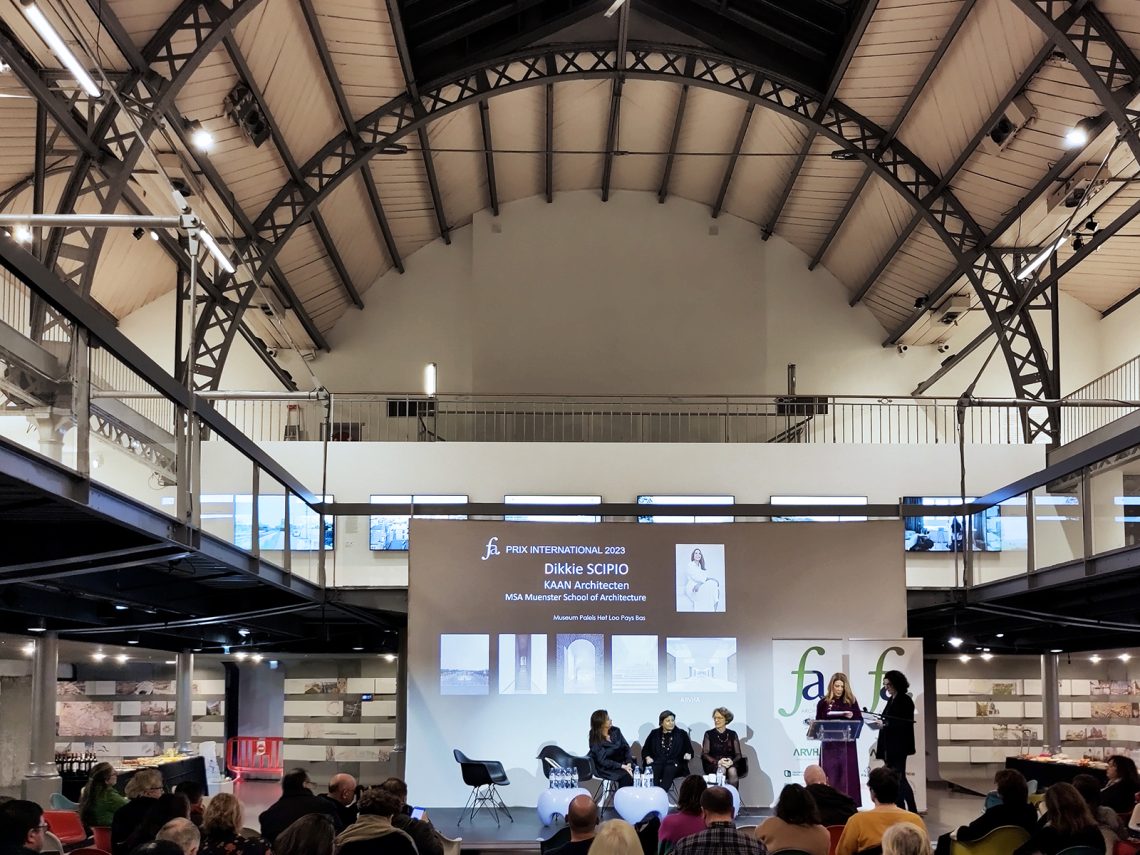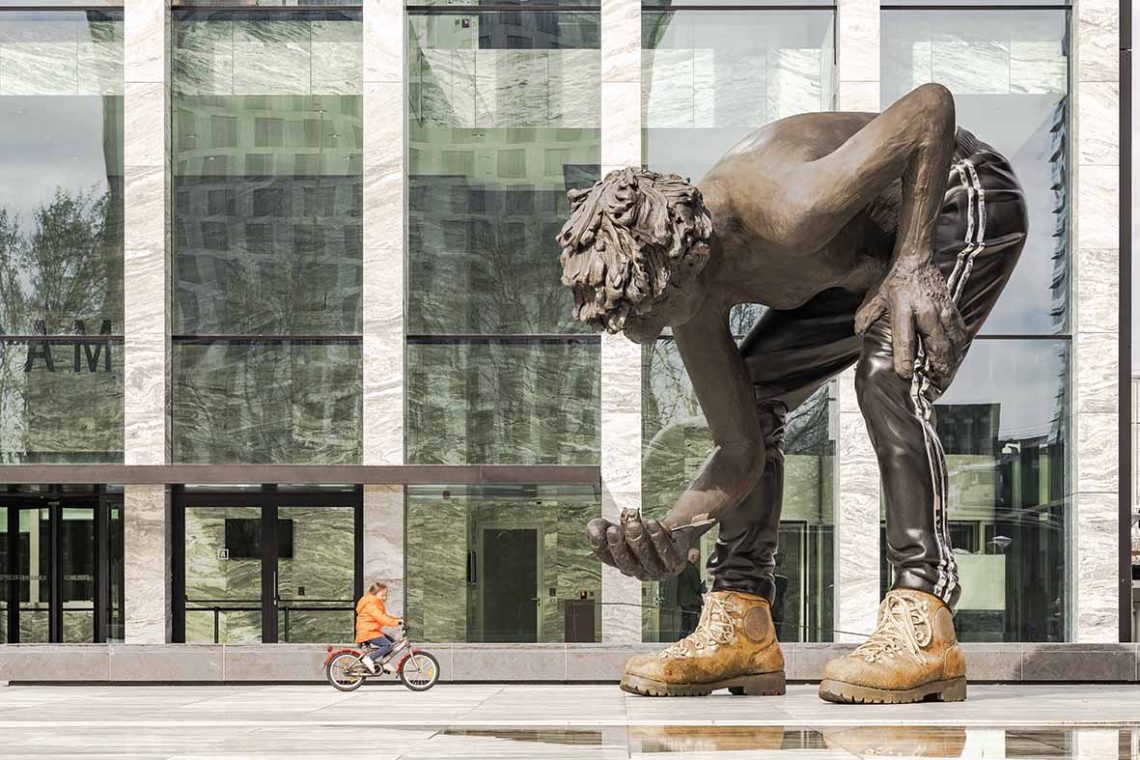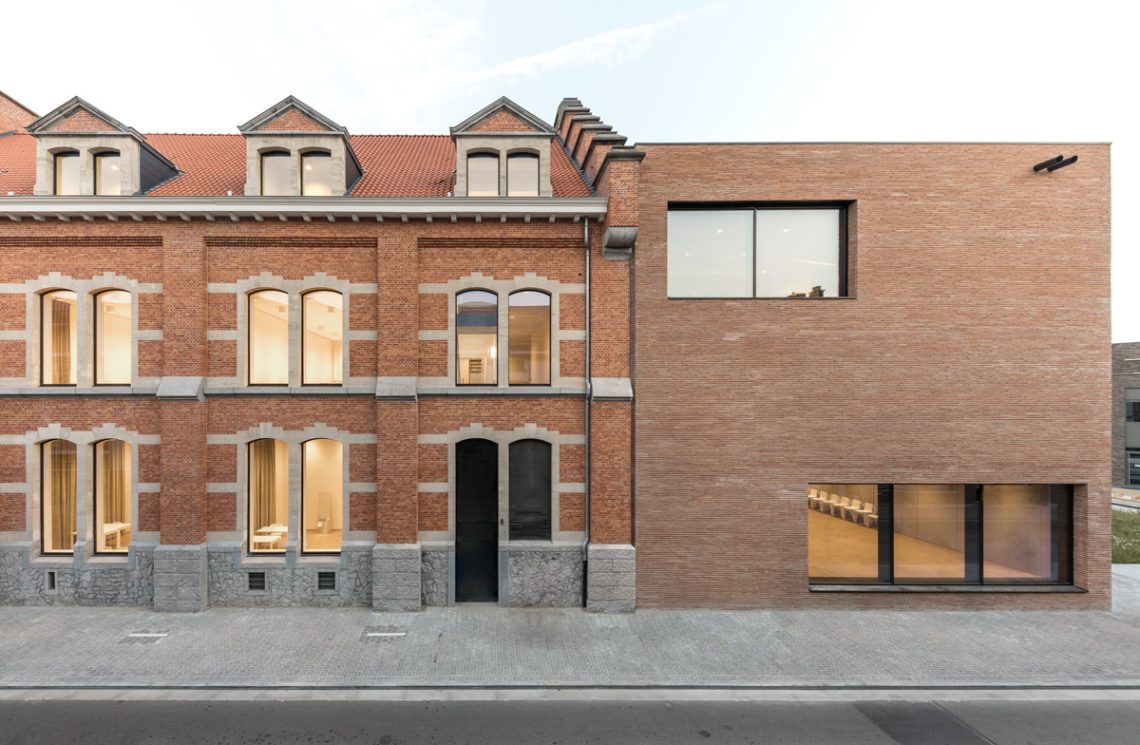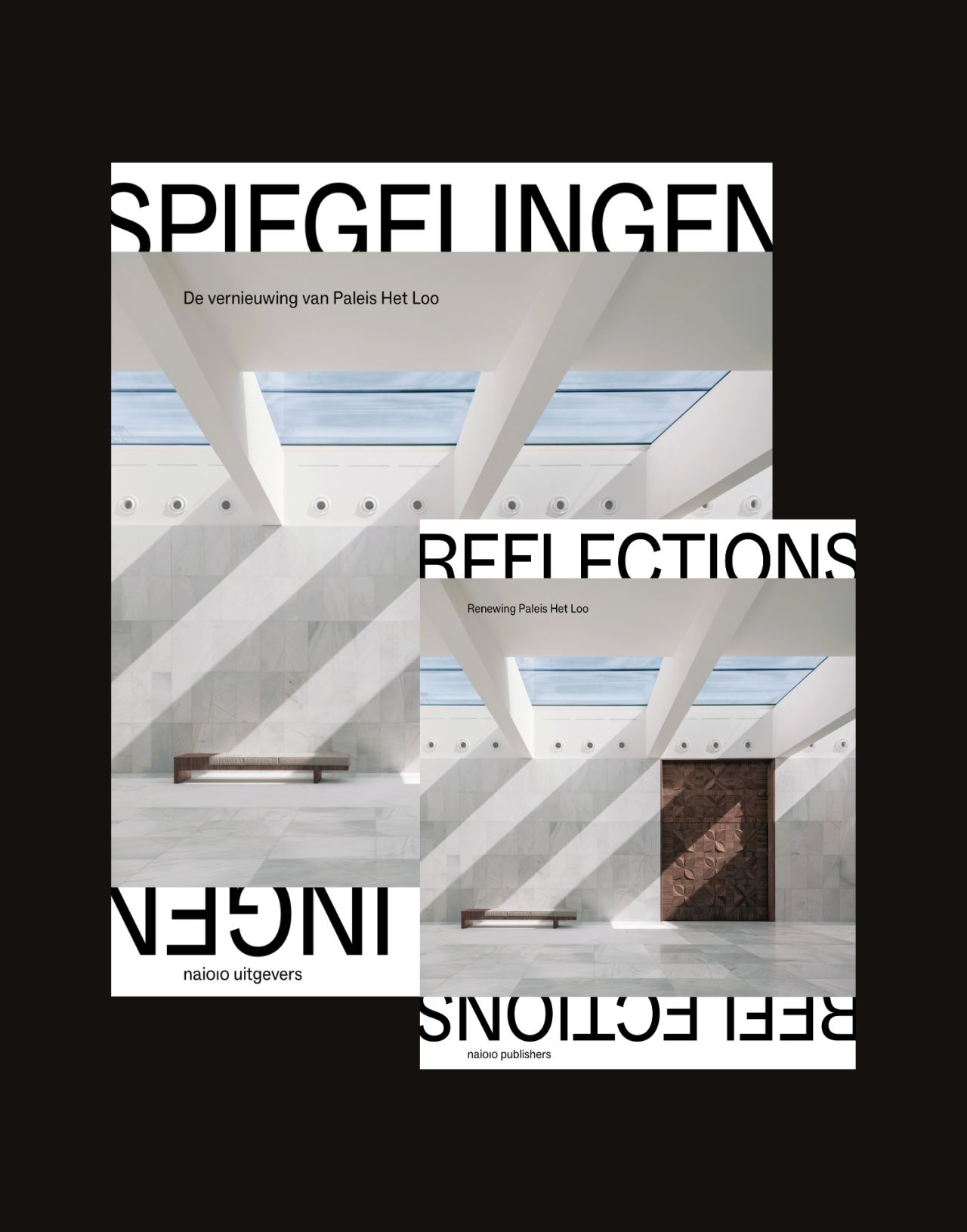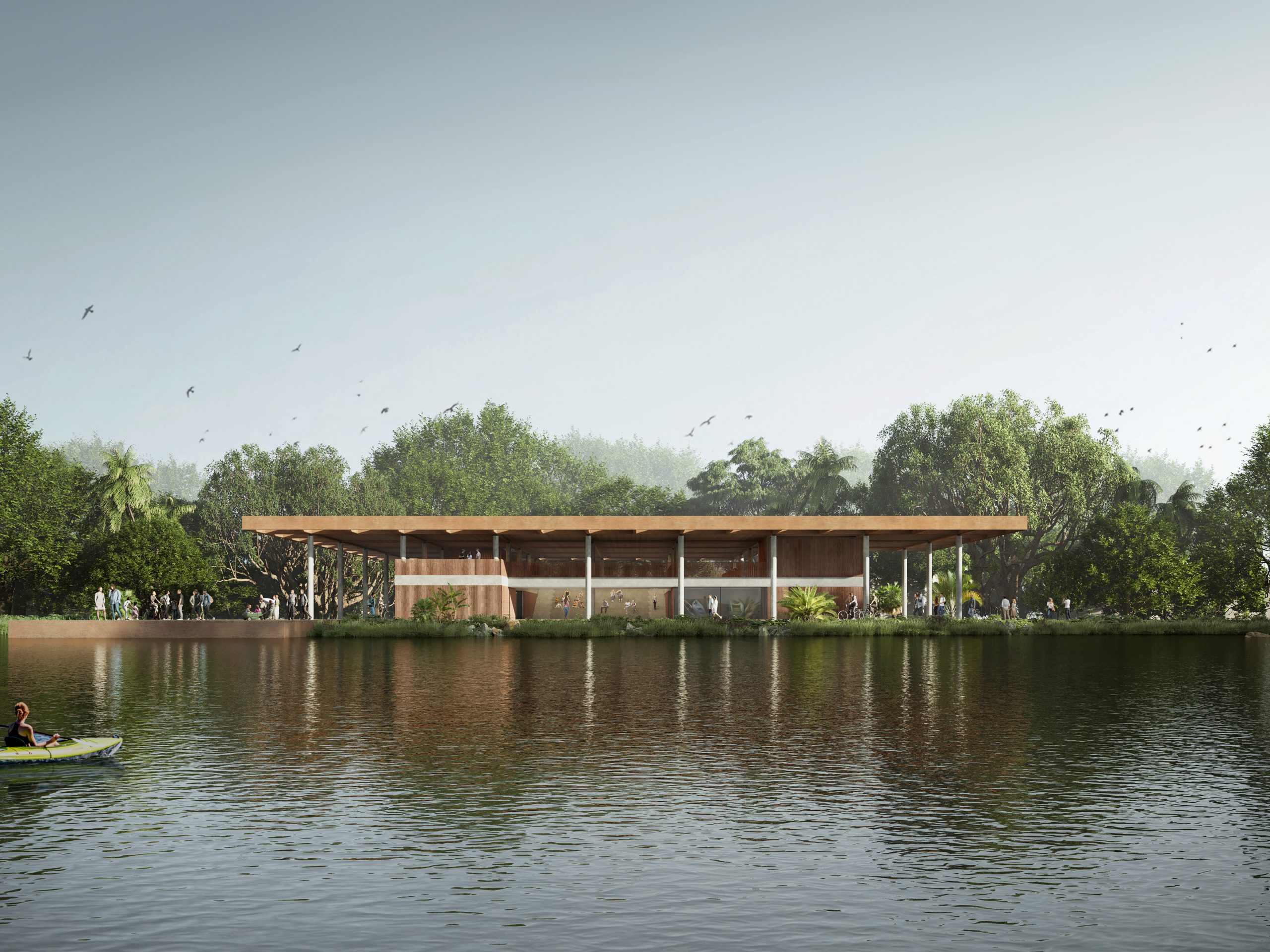19/06 2014
“Not ideal” Dikkie Scipio – ZAAL Z number 9
Nearly all old buildings have some amount of asbestos. In the last century it was an extremely popular building material because it was cheap, easy to work, strong and served as insulation. Asbestos is fire resistant and for this reason it has been used since antiquity. Roman Vestal Virgins for example incorporated asbestos into the wicks of their eternal flames.

Asbestos is a collective term for several naturally occurring minerals that are comprised of very fine, microscopic fibres. There are two kinds of raw asbestos: one with a spiral fibre structure (white asbestos) and the other with a straight fibre that can be blue, brown, grey or green. Actually, these colours can only be seen in the raw state. Once the asbestos has been worked, the type used can only be detected through lab research. It was thought that the biochemical composition of asbestos is what causes cancer, but now it is believed that its cancer-inducing properties lie in the length to diameter ratio of inhaled fibres. As long as the fibres stay bound, they are not dangerous.
Asbestos has an infinite number of applications, from protective clothing to building materials such as roof coverings, sewage pipes and chimneys. In times of need, even holes in cooking pans were repaired with asbestos plates and who hasn´t felt the cold of those vinyl floors laid over asbestos tiles that were very popular well into the 1980s. When office and public buildings were fitted with climate control installations, spray-applied asbestos was invented to provide an easy solution to coat pipes and wires with a fire-resistant and insulating layer. However, sprayed coatings of asbestos damage easily causing a greater dispersion of fibres. Asbestos in this form is what first led to the discovery that it is a cancer hazard. The use of spray-on asbestos has been prohibited in the Netherlands since 1978 and all other asbestos products were prohibited in 1993. A 2001 royal decree in Belgium ensured a ban on manufacturing, using and offering for sale products that contained asbestos.
Nearly all old buildings have some amount of asbestos. So, too, the museum. Much asbestos has been found around the pipes of the out-dated climate control installations. It has been removed in containment. For security’s sake we did some extra investigating. What we found was not ideal. Around the roofs and shafts more asbestos was uncovered. We cannot proceed before this is removed as well.
You can download the PDF version via the link down here and you’ll find Dikkie Scipio’s article from page 27.
PDF